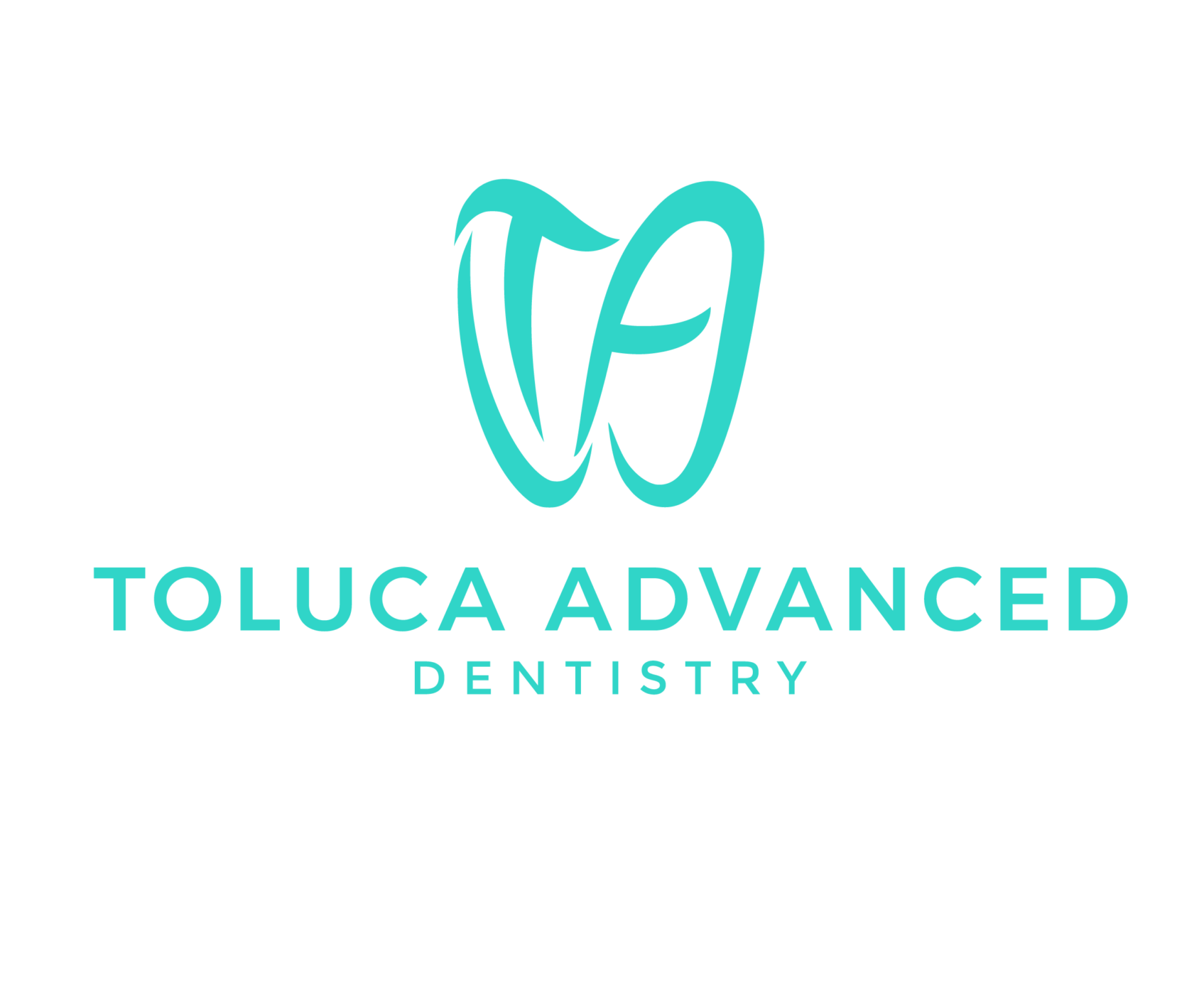White spots on the teeth indicate a decrease in minerals called enamel on the surface of the teeth. The technical term for this condition is hypocalcification. Your dentist will call these white spots hypoplasia. In fact, the presence of white spots on the teeth is the first sign of tooth decay; therefore, when matte stains are seen on the enamel, it is likely that tooth decay is forming there. At this stage you should consult with our dentists about the cause of these white spots on your teeth.
Dentists first evaluate white spots on the teeth to determine the possible causes and based on this, various methods such as micro-abrasions, whitening, dental veneers with white fillings are used to remove these white spots. Porcelain teeth or veneers are used. One of the methods that our dentists use to remove these white spots on the teeth is the remineralization method. In this method, the microscopic holes of the tooth that make it look white are naturally filled.
Here are some common causes of white spots on teeth:
Dry mouth: When your mouth is dry, there is not enough saliva to maintain the pH level to keep the oral environment neutral. When the pH of the mouth is not at its desired level, bacteria grow in the mouth and survive to attack your teeth with their acid.
Consume acidic foods: Foods that are high in acids, such as pickles and foods made with lemon and vinegar, can cause white spots on teeth. High levels of acid in these foods and beverages destroy enamel and other minerals on the teeth and eventually lead to white spots on the teeth.
Lack of oral hygiene: If you are not careful enough to keep your mouth clean, plaque will build up on your teeth. Plaques are thin, sticky, colorless layers of bacteria and leftovers from carbohydrates such as sugar and starch that you eat. These bacteria feed on sugar and produce acid, which can damage tooth enamel, cause white spots and eventually tooth decay.
Fluorosis or excess fluoride: While fluoride is an essential mineral for maintaining healthy teeth, excess fluoride can cause white spots on the teeth and tooth decay. When you consume large amounts of fluoride, your teeth become prone to white spots. In some cases, drinking water in your area contains high levels of fluoride. Fluorosis is one of the main causes of white spots on teeth, especially in children whose teeth are growing. The right amount of fluoride prevents and controls tooth decay in children and adults. Fluoride is useful both during tooth growth and after tooth eruption. Consumption of fluoride during tooth growth causes obvious changes in the surface of tooth enamel, which are known as dental fluorosis coating. Fluorosis is a permanent stain caused by exposure to large amounts of fluoride during tooth enamel formation. Too much fluoride can interfere with the normal formation of tooth minerals. The end result is the creation of areas with mineral deficiencies and excessive pores.
Teeth whitening tape: Teeth whitening tape is made of materials such as plastic. These strips contain jelly materials that stick to the teeth. These strips are highly acidic and cause the enamel to demineralize and cause white spots on the teeth.
Tooth braces: If you do not follow the hygienic tips in taking care of your mouth and teeth when using braces, white spots will form on your teeth. This is because plaque builds up in areas under the bristles that are difficult to access by brushing.
Celiac disease: Celiac disease is an autoimmune disease that shortens a person’s lifespan. Celiac disease is strongly associated with the destruction of tooth enamel. In addition to causing white spots on the teeth, this disease causes shrinkage, yellowing or cracks and cavities on the teeth.
Genetics: In addition to the above reasons, genetic issues can also cause white spots on the teeth.


